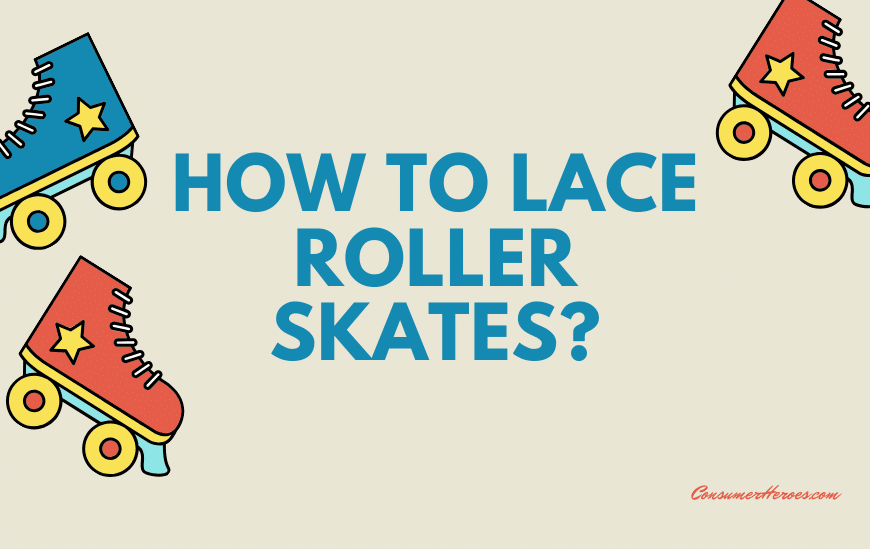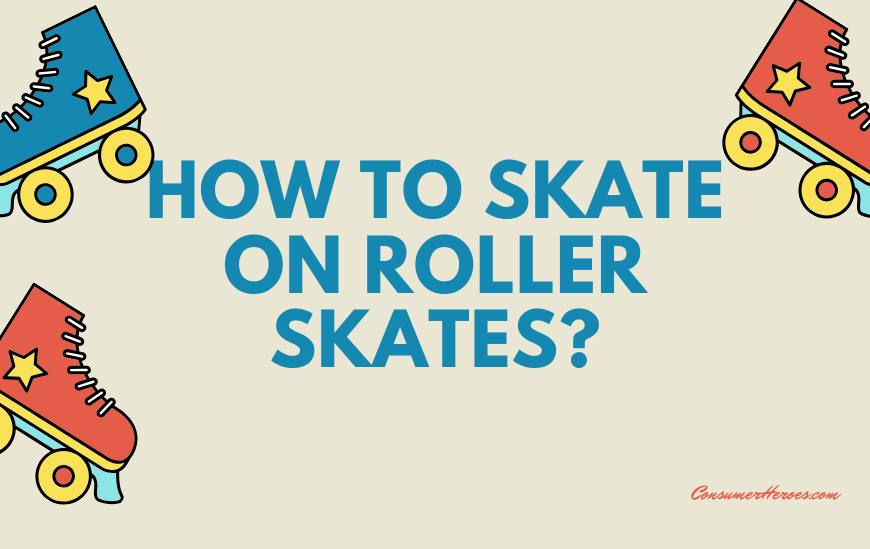Skates are a type of footwear designed to glide on a smooth surface. They consist of a boot or shoe with a metal or plastic frame attached to the bottom, which holds wheels or blades. Skates are used for a variety of activities, including ice skating, roller skating, and inline skating.
Ice skates are designed specifically for use on ice and have a blade made of steel with a sharp edge. They allow the wearer to glide smoothly across the ice, performing various moves such as spins and jumps. Roller skates, on the other hand, have four wheels attached in a square pattern and are designed for use on a hard, smooth surface. Inline skates have a row of wheels arranged in a single line and are used for activities such as speed skating and aggressive skating.
Overall, skates are a versatile piece of footwear that can be used for a variety of activities. Whether you’re a beginner or an experienced skater, there is a type of skate that is suitable for your needs.
What Are Skates?
Skates are a type of footwear that allows the wearer to glide smoothly over a surface, typically a hard and flat one, such as ice or pavement. They consist of a boot or shoe with a frame or chassis attached to the bottom, which holds the wheels or blades that make contact with the ground.
There are several different types of skates, each designed for a specific purpose and environment. The most common types are:
- Ice skates: These skates have a blade attached to the bottom of the boot, which allows the wearer to glide over ice. They are typically used for figure skating, ice hockey, and speed skating.
- Roller skates: These skates have four wheels arranged in a square pattern, with two wheels in the front and two in the back. They are typically used for recreational skating and roller derby.
- Inline skates: These skates have a row of wheels arranged in a single line, rather than in a square pattern. They are typically used for fitness skating, speed skating, and aggressive skating.
Skates can be made from a variety of materials, including leather, synthetic materials, and plastics. The type of material used can affect the comfort, durability, and performance of the skate.
Skating is a popular activity around the world, enjoyed by people of all ages and skill levels. It can be a fun and healthy way to stay active and socialize with others.
History of Skates
Early Inventions
The history of skates dates back to prehistoric times when people used animal bones as a mode of transportation on ice. The first known ice skates were discovered in Scandinavia and were made from animal bones sharpened at the ends. These early skates were strapped to the feet with leather strips, and the skater would push themselves along with a long pole.
Over time, these early skates evolved, and in the 14th century, the Dutch began using wooden platforms with iron runners attached to the bottom. These skates were faster and more maneuverable than the earlier bone skates, and they quickly gained popularity throughout Europe.
Modern Developments
In the 19th century, the first metal-bladed skates were introduced, and this marked a significant turning point in the history of skates. These skates were faster, smoother, and more efficient than their wooden predecessors, and they quickly became the standard for competitive skating.
In the 20th century, ice hockey and figure skating became popular sports, and skates continued to evolve to meet the demands of these athletes. Hockey skates, for example, have shorter blades and are designed for quick stops and starts, while figure skates have longer blades and are designed for graceful, flowing movements.
Today, skates are made from a variety of materials, including plastic, carbon fiber, and titanium. They are designed for different types of skating, from recreational to competitive, and they continue to evolve as new technologies and materials become available.
Types of Skates
Roller Skates
Roller skates are shoes with wheels attached to the bottom. They are designed to be used on flat surfaces and are popular for recreational use and roller derby. There are different types of roller skates, including quad skates and inline skates. Quad skates have four wheels arranged in a square pattern, while inline skates have wheels in a straight line.
Quad skates are known for their stability, making them a popular choice for beginners. They are also commonly used for artistic skating and roller derby. Inline skates, on the other hand, offer more speed and maneuverability, making them popular for fitness and speed skating.
Inline Skates
Inline skates, also known as rollerblades, have become increasingly popular in recent years. They feature a sleek design with wheels in a straight line, which allows for greater speed and maneuverability. Inline skates are often used for fitness and speed skating, as well as aggressive inline skating.
Aggressive inline skating involves performing tricks and stunts, such as grinds and jumps, on urban obstacles like rails and stairs. This type of skating requires a specialized type of inline skate with a hard boot and smaller wheels.
Ice Skates
Ice skates are designed for use on ice rinks and frozen lakes. They consist of a boot with a blade attached to the bottom. Ice skates are used for a variety of activities, including figure skating, ice hockey, and speed skating.
Figure skates have a longer blade and a toe pick at the front, which is used for jumps and spins. Ice hockey skates, on the other hand, have a shorter blade and are designed for quick turns and stops. Speed skates have a longer blade and are designed for maximum speed and efficiency.
Overall, there are many different types of skates available, each designed for a specific purpose. Whether you’re looking for a fun way to stay active or a competitive sport, there is a type of skate that’s right for you.
Uses of Skates
Sport
Skates are commonly used for various sports activities, including ice hockey, figure skating, speed skating, and roller skating. Ice hockey and figure skating are popular winter sports that require ice skates, while roller skating and speed skating can be done on various surfaces, including indoor rinks, outdoor tracks, and streets. Skates are designed to provide stability, speed, and maneuverability, depending on the specific sport and the skill level of the user. For example, ice hockey skates have a flat blade and a stiff boot to provide support and control for quick turns, stops, and jumps, while figure skating skates have a curved blade and a flexible boot to allow for graceful movements, spins, and jumps.
Transportation
Skates can also be used as a means of transportation, especially in urban areas where traffic congestion is a problem. Roller skates, inline skates, and skateboard are popular choices for short-distance commuting, leisure, and exercise. They are lightweight, portable, and easy to maneuver, and can be used on various surfaces, including sidewalks, bike lanes, and parks. Skateboards are particularly popular among young people and can be customized with various designs, colors, and accessories.
Entertainment
Skates are also used for entertainment purposes, such as roller derby, freestyle skating, and skateboarding competitions. These events attract large crowds of fans and participants who enjoy the adrenaline rush, the music, and the social atmosphere. Skates can also be used for recreational activities, such as roller skating parties, skate parks, and outdoor skating rinks. These activities provide a fun and healthy way to spend time with friends and family, and can be enjoyed by people of all ages and skill levels.
Overall, skates have a wide range of uses, from sports to transportation to entertainment, and offer many benefits, including fitness, socialization, and enjoyment.
How to Choose Skates
When choosing skates, there are a few factors to consider to ensure that you get the best fit for your needs. Here are some key things to keep in mind:
Size and Fit
One of the most important things to consider when choosing skates is the size and fit. Skates that are too big or too small can be uncomfortable and affect your performance. To ensure a good fit, it’s important to measure your feet and choose skates that match the size and shape of your feet.
When trying on skates, make sure to wear the socks that you plan to skate in. Your toes should be able to wiggle freely, but the skates should fit snugly around your foot without any slipping or sliding. Don’t be afraid to try on multiple sizes and styles to find the perfect fit.
Material
Skates can be made from a variety of materials, including leather, synthetic materials, and composites. Each material has its own advantages and disadvantages, so it’s important to consider your needs and preferences when choosing a material.
Leather skates are durable and provide good support, but they can be heavier and take longer to break in. Synthetic materials are often lighter and more affordable, but they may not be as durable as leather. Composites offer a balance of durability and weight, but they can be more expensive.
Wheel Type
The type of wheels on your skates can also affect your performance. There are two main types of wheels: hard and soft.
Hard wheels are faster and more durable, but they can be more difficult to control and less comfortable on rough surfaces. Soft wheels provide better traction and absorb shock better, but they can wear out more quickly and be slower on smooth surfaces.
When choosing wheels, consider the type of skating you’ll be doing and the surfaces you’ll be skating on. For example, if you’ll be doing a lot of outdoor skating on rough surfaces, you may want to opt for softer wheels for better comfort and control.
Overall, choosing the right skates is essential for a comfortable and enjoyable skating experience. By considering factors like size and fit, material, and wheel type, you can find the perfect skates for your needs.
Safety Measures
Skating can be a fun and enjoyable activity, but it can also be dangerous if proper safety measures are not taken. Here are some important safety tips to keep in mind when skating:
- Always wear a helmet: A helmet is the most important piece of safety equipment when skating. It can protect your head from serious injury in case of a fall or collision. Make sure your helmet fits properly and is fastened securely.
- Wear appropriate protective gear: In addition to a helmet, it’s important to wear other protective gear such as knee and elbow pads, wrist guards, and mouthguards. This can help prevent injuries to other parts of your body.
- Check your equipment: Before skating, make sure your skates are in good condition and properly adjusted. Check the wheels, bearings, and brakes to ensure they are working properly.
- Skate in safe areas: Choose a safe and appropriate area to skate, such as a designated skating rink or a smooth, flat surface free from obstacles. Avoid skating near traffic or on uneven surfaces.
- Learn proper skating techniques: Take the time to learn proper skating techniques, such as how to stop and turn safely. This can help prevent falls and injuries.
By following these safety measures, skaters can enjoy their activity while reducing the risk of injury.
Maintenance and Care of Skates
Proper maintenance and care of skates are essential to ensure their longevity and optimal performance. Here are some tips to keep your skates in top shape:
Cleaning
After each use, wipe down the boots, blades, and any other metal parts with a dry cloth. Never leave your skates wet or damp as it can cause rusting and damage to the leather. If your skates are excessively dirty, you can use a mild soap solution to clean them. However, avoid using harsh chemicals or abrasive materials that can scratch or damage the surface.
Blade Maintenance
Blades are the most critical component of skates, and proper maintenance is essential to ensure optimal performance. Regularly check your blades for any nicks, scratches, or other damage that can affect their sharpness. Sharpen your blades regularly, depending on how frequently you use them. It’s best to have a professional sharpen your blades, but you can also do it yourself if you have the necessary tools and skills.
Boot Maintenance
Leather boots require regular conditioning to keep them supple and prevent cracking. Use a leather conditioner to moisturize the leather and prevent it from drying out. Avoid exposing your skates to extreme temperatures or direct sunlight, as it can cause the leather to crack or fade.
Storage
Proper storage is essential to prevent damage to your skates. Always store them in a dry, cool place, away from direct sunlight or heat sources. Avoid leaving them in the car or garage, as the extreme temperatures and humidity can damage the leather and metal components. Use a skate guard to protect the blades when not in use.
By following these tips, you can ensure that your skates last for years and provide you with optimal performance every time you hit the ice.







